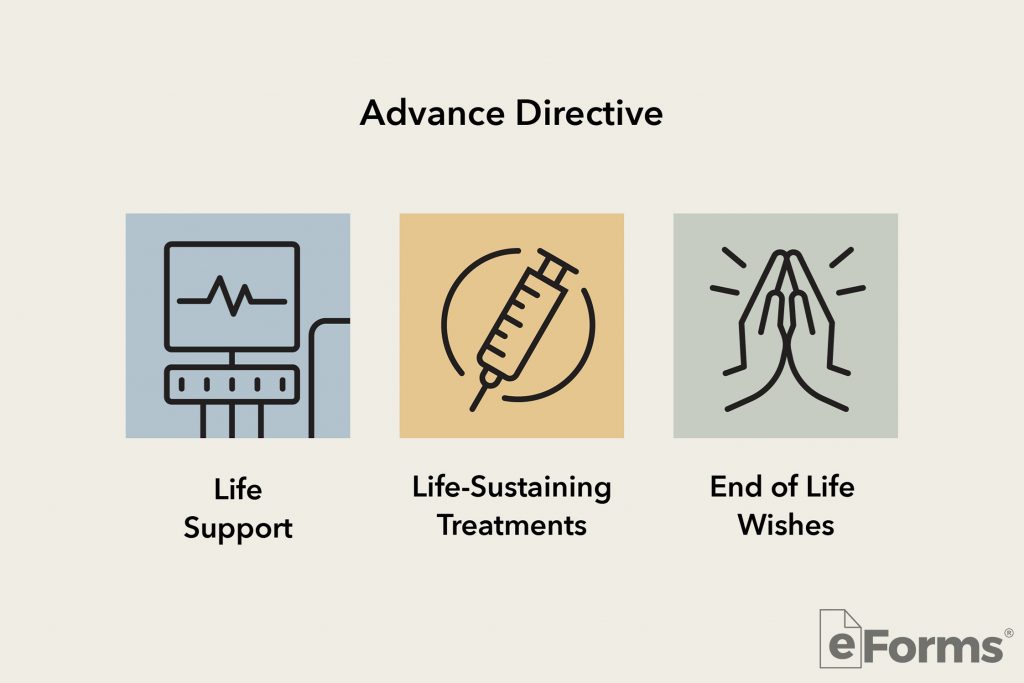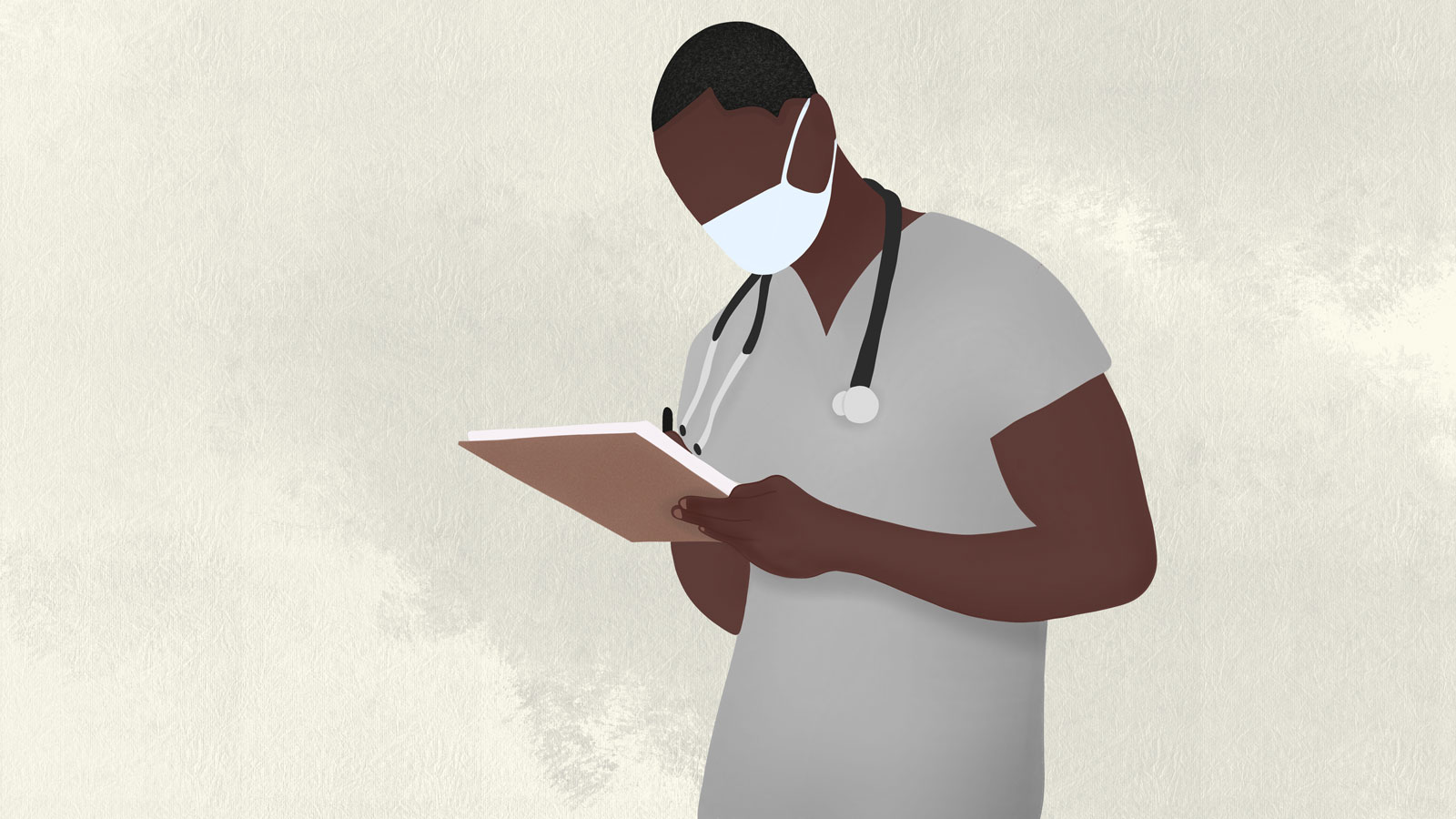Even if you’re in good health, advance care planning is a subject that no adult should avoid. The good news is that an advance directive can put you in control of your health — even in the event that you’re unable to communicate.
Only 1 in 31 U.S. adults have advance health care directives
Key Facts
- American adults with an advance directive: 36.7%1
- Percent of respondents with advance directives that have a chronic illness: 38.2%1
- Percent of healthy adults with advance directives: 32.7%1
- The dominant reason for no advance directive: lack of awareness2
- Percent of respondents with a living will (only): 29.3%3
Contents
- What is an Advance Directive?
- Why Do I Need an Advance Directive if I Have No Health Problems?
- How to Register an Advance Directive
- Video
- Sources
What is an Advance Directive?

An advance directive is a legal document that instructs healthcare workers how they should and should not administer care, namely with respect to three circumstances:
- Life support
- Life-sustaining treatments
- End of life wishes
Advance directives activate once a person cannot make decisions for themselves, such as instances of being on a ventilator or in a coma. Individual forms, as well as the definition of an advance directive, can vary by state. In most states, the word advance directive is used interchangeably with living will.
A second type of healthcare directive is a Medical or Healthcare Power of Attorney. This document designates a health care proxy, which is a trusted individual that you’d assign to handle your health care decisions. Your healthcare agent would only take charge should you be unable to make your own medical decisions. If you do designate a healthcare proxy, it’s recommended that the individual is familiar with your health history.
Advance directives can also be a complete document that combines a living will with a medical power of attorney. If the signatory prefers to only complete the living will portion, they are not required to name a healthcare proxy.
Why Do I Need an Advance Directive if I Have No Health Problems?
Accidents and incapacitating illnesses are rare but aren’t unheard of. Whether you’re healthy or have underlying medical conditions, the following are reasons for every adult to register an advance directive:
- It protects loved ones from having to make difficult decisions. It can be painful for loved ones to be faced with deciding what happens to a family member. Creating an advance directive removes the need for familial intervention and potential infighting among family members.
- Your advance directive, your voice. An advance directive speaks for you when you’re unable and puts you in the driver’s seat of your health.
- It helps you evaluate and prioritize your wishes. Creating an advance directive gives you a chance to consider and evaluate your healthcare wishes. Many individuals do not realize the extent of their options before creating a medical directive.
- Preparation for medical emergencies. Accidents and emergencies can befall anyone, young or elderly. Advance directives let you prepare for what would occur during and after a medical emergency.
Ultimately, if you don’t have an advance directive and an unfortunate circumstance occurs, someone else is going to be making decisions for you.
How to Register an Advance Directive

The most crucial step of creating an advance directive happens after you complete the form. You must make the advance directive accessible to those who may need it. These are important steps to take after creating an advance directive:
- Have it scanned into your hospital’s database
You can simply bring a copy to your local hospital(s) and have the document scanned into your medical record.
- Submit the document to the USACPR
The USACPR, or United States Advance Care Plan Registry, is a database that holds a digital copy of your advance directive and allows providers with your registration number or identifying information to access your advance directive.
Those that create an advance directive with the USACPR can upload the document online, where it will be accessible to doctors and healthcare workers to search for and obtain your document in the event of a hospitalization. Moreover, the USACPR sends a sticker to place on your license plate and insurance card, as well as a registration card to keep in your wallet.
In addition to the 2 steps above, it’s best to inform a trusted member of your family that you have created an advance directive and provide them with a copy. You can also carry a copy on your person.
